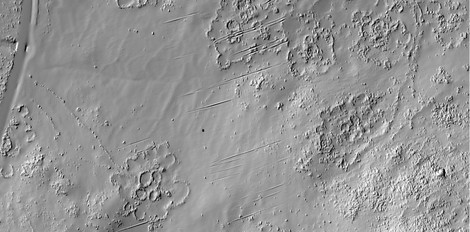Your podcast discovery platform
Curious minds select the most fascinating podcasts from around the world. Discover hand-piqd audio recommendations on your favorite topics.

piqer for: Global finds Technology and society Health and Sanity
Nechama Brodie is a South African journalist and researcher. She is the author of six books, including two critically acclaimed urban histories of Johannesburg and Cape Town. She works as the head of training and research at TRI Facts, part of independent fact-checking organisation Africa Check, and is completing a PhD in data methodology and media studies at the University of the Witwatersrand.
Recreating Lost Cities With Laser Technology
Anybody who's ever watched Indiana Jones will know that jungles hide treasures. But where exactly?
Earlier this year, archaeologists working in Guatemala described incredible new finds previously hidden by the forest canopy, made possible using a brilliant, non-invasive laser technology called LiDAR.
LiDAR works using remote laser light sensing technology (millions of pulses every few seconds) to sample the earth's surface. When the laser wavelengths bounce back, they are measured (a bit like sonar). They are then used to produce three-dimensional images of the landscape and land surface.
Now the same technology is being used in South Africa — not in the jungle, but on the highveld — to reveal the full extent of a 15th century settlement just south of the modern city of Johannesburg. Although the ancient ruins, which are found in the Suikerbosrand nature reserve, were originally excavated by archaeologists over half a century ago, much of the settlement was obscured even from aerial surveys because of vegetation. New LiDAR imaging has shown the settlement is much larger than was previously known — up to 10 kilometres long and two kilometres wide — making it a city rather than a small cattle village. Researchers say it will take another decade or two to unpack the secrets of the site, which has been renamed as SKBR.